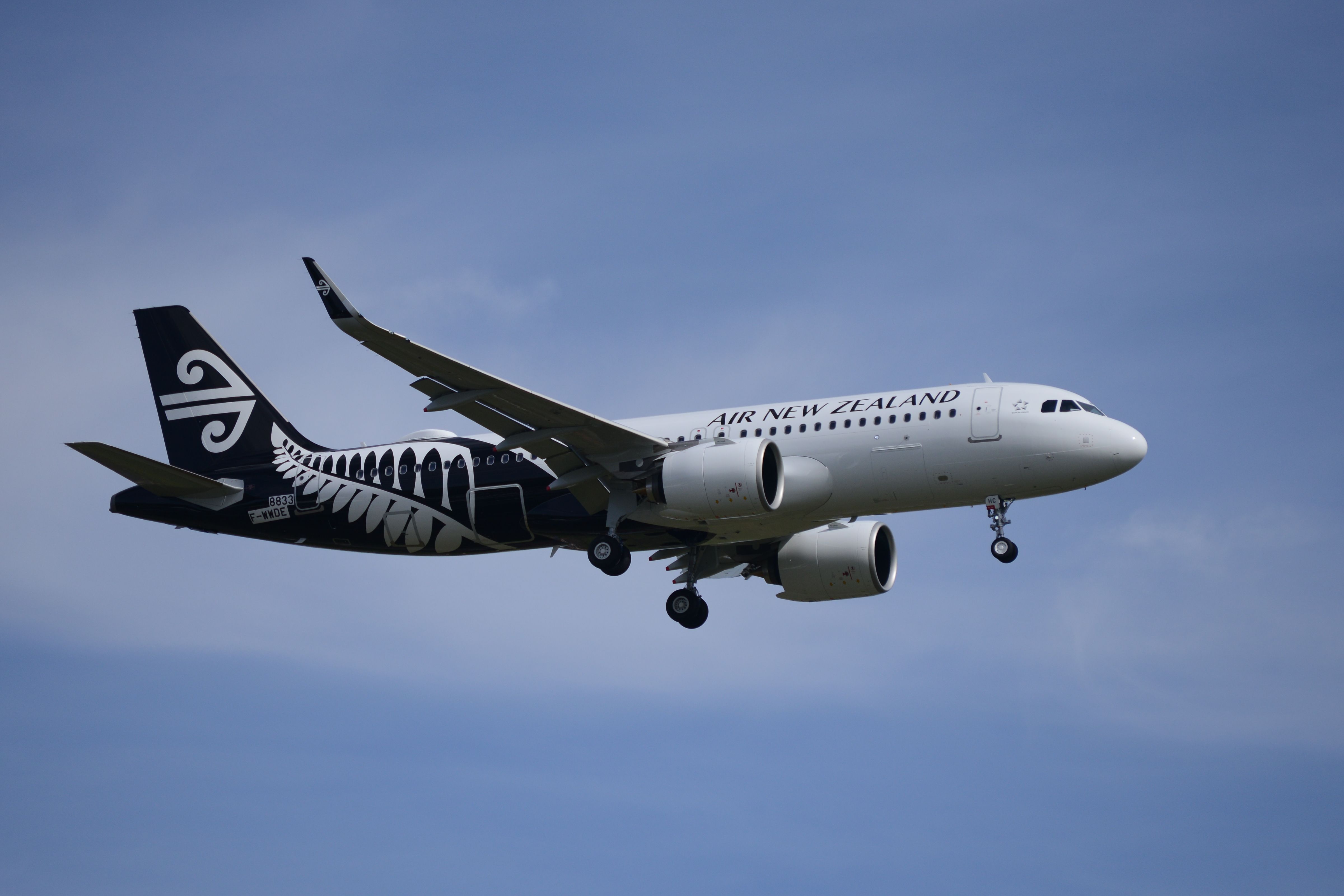After one or maybe two bumper years, airlines worldwide are bracing themselves for a change in fortunes as they report their 2024 financials. Today, carriers on either side of the Tasman Sea faced the media to deliver their 2023/24 Financial Year reports, and they both gave a vastly different presentation compared to a year ago. Air New Zealand's headwinds Today, in Auckland, Air New Zealand released its results for the twelve months ending June 30, 2024 (FY24).
Compared to FY23, operating revenue increased by 7%, but underlying profit plummeted by 61%, net profit by 65% and operating cash flow by 43%. The airline's underlying profit fell from NZ$574 million to NZ$222m ($207-$140m), while net profit fell from NZ$412m to $146m ($260-$92m). Financial markets operate in mysterious ways, and it appears that keeping them informed and not delivering surprises means more than the actual numbers reported.

Air New Zealand said the profit drop was "an expected reduction" compared to the prior year when it recorded one of its highest-ever results as the nation burst out of the pandemic. With a solid profit under his belt Air New Zealand CEO Greg Foran thanked customers for their loyalty while the airline emerged from COVID. The airline had reported a solid first half but foreshadowed that the good times were under threat.
Those threats were real and included the general economic conditions, inflationary pressures on costs and the ongoing aircraft unavailability due to engine issues. Air New Zealand said that non-fuel operating cost inflation was a "significant drag on the airline's financial performance" You do have to feel for the Kiwi airline, which has long battled issues with the Rolls-Royce engines that power its 14 Boeing 787-9 Dreamliners , and now that pain is also coming from the Pratt & Whitney GTF engines on the Airbus A320neo aircraft. Up to three Dreamliners and up to six A320neos have been grounded at various times, negatively impacting capacity, disrupting travelers and scheduled services.
The airline decreased its earnings forecast by about $6 million. Today, the airline said that if it had been able to operate its aircraft and schedule as intended, its earnings would have been around NZ$100 million ($63m) higher than reported, net of compensation. On the other hand, included in passenger revenue was NZ$90 million ($57m) of credit breakage for unused customer credits that were considered highly unlikely to be redeemed.
Passenger revenue reached NZ$5.9 billion, and operating revenue NZ$6.8 billion ($3.
7-$4.3b). The CEO explains the numbers CEO Greg Foran thanked customers who were impacted by the "unavoidable" schedule changes for their understanding and loyalty, adding that the airline does not take their choice to fly with Air New Zealand for granted and is grateful for their patience.
Foran said: "We took immediate action to minimise the disruption, leasing three Boeing 777-300ERs, securing additional spare engines and adjusting our network and schedule to deliver greater reliability. We are very proud of what our team managed to achieve but we know it has been far from perfect for impacted customers." Air New Zealand has taken training to a new level with the unveiling of its 787 Cabin Emergency Evacuation Trainer in Auckland.
Foran also identified supply chain and aircraft delivery delays, growing costs, and a shortage of labor in key areas like engineering as major issues facing Air New Zealand and the global aviation industry. The airline has committed to investing NZ$3.2 billion ($2b) in aircraft-related capital expenditure over the next five years , including the interior retrofit of its 14 existing 787-9 Dreamliners.
Air New Zealand has eight 787s on order and expects to receive the first of the new GE-powered aircraft in late 2025 , with two delivered in FY26, three in FY27, one in FY28 and two in FY29. It also expects to receive two ATR 72-600 turboprops in FY25 and two A320neo Family jets in FY27, while it will add one 777-300ER and two A320neo Family leased aircraft in FY25. In FY24, the airline carried 16.
5 million passengers, a 4% increase from the 15.8 carried in the previous twelve months. It added 23% more available seat kilometers (ASKs), but as demand, as measured by revenue passenger kilometers (RPKs), only increased by 18%, the passenger load factor dropped by 3.
2 percentage points to 81.5%. The flag carrier expects the current operating conditions to continue through the first half of the 2025 financial year.
Foran said the reality is that Air New Zealand is expecting a challenging year ahead, but it is fundamentally well positioned and would not let the current environment "distract the airline from delivering on its purpose.".



















